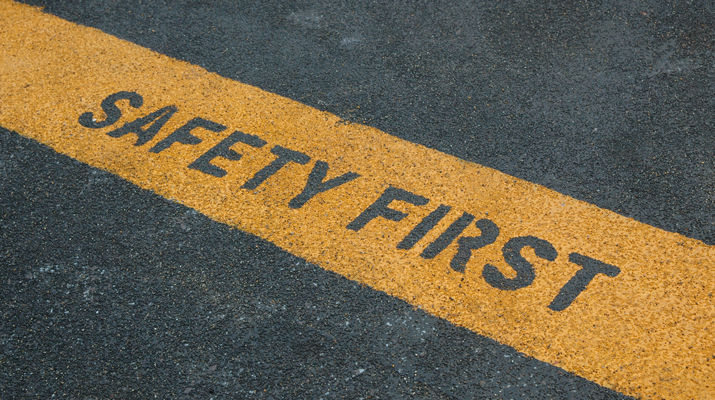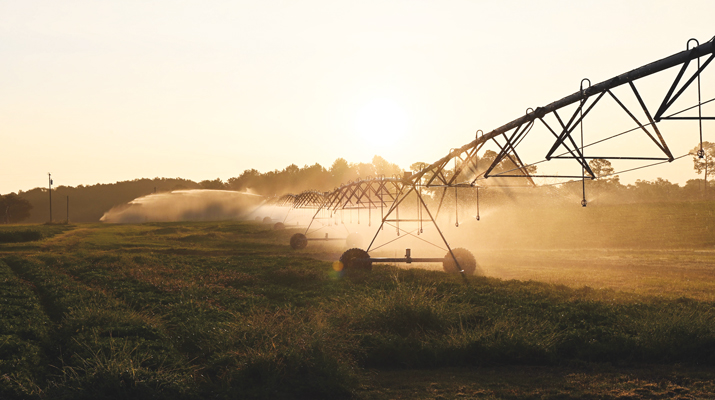Are you prepared for realities of litigation in CSST incidents?
Much has been written in industry publications about problems associated with corrugated stainless steel tubing (CSST), which can be compromised by lightning strikes.
When this occurs, the CSST can be perforated and gas can leak, creating the potential for a subsequent fire or explosion.
Manufacturers of CSST have redesigned the products, attempting to substantially reduce the fire and explosion risk associated with the use of their product. Whether these product improvements have had the desired result is the subject of vigorous debate in the litigation arena.
The purpose of this article is not directed at whether CSST is a safe product. My anecdotal experience is that it is safely used in the vast majority of installations. Instead, I want to focus on some of the practical realities of litigation when there are accidents involving CSST and what we can learn from these realities.
There are enough CSST-based claims that several law firms in the country have as their primary area of practice the prosecution of damage claims related to accidents allegedly caused by CSST. The potential defendants in these cases may vary, but it is virtually certain that the manufacturer and installer of the CSST will be invited to the party. If the propane supplier does service work in the home, bringing its employees in contact with installed CSST, it will also be named.
Long before an incident results in a fire or explosion from a compromised CSST installation, the principals involved should consider how they would respond to a claim filed against each of them for their role in placing the CSST into the stream of commerce.
The manufacturer and installer should agree to an indemnification document by which the manufacturer will be responsible for claims of product defect. The claims asserted are usually defective design and defective manufacture. Incurred legal fees and costs should be part of the written agreement.
The manufacturer may require the installer and/or service provider to indemnify it for any mistakes these entities may make when installing or servicing CSST. So, the point the reader should take from this is to ensure proper training by the CSST manufacturer.
Proper grounding is an important focus in these cases. After an accident, the person responsible for grounding of the CSST is often unclear. There can be a lot of finger-pointing. Generally, the person doing the grounding has to be a licensed electrician. It is important to document at the time the CSST is installed who is responsible for making sure it is properly grounded.
Another point to remember is the need to document what has been done. The tradition has been to prepare detailed documentation of the work done to install the CSST. Several years later, when a fire or explosion occurs, the service person may have no actual memory of the work he performed. He will likely be limited to what the service paperwork says he did and what he used. He can always speak to his normal practice and routine, as well.
An added step is to take digital photos of the work upon completion and download it into a company file for the account. This will show the work when done. It will allow for comparison to determine if there have been any modifications.
The ensuing fire often destroys or substantially alters the original installation. At the post-fire inspection, it will not be clear what existed. Digital photos immediately following the installation would be invaluable evidence of what was actually done.
John V. McCoy is with McCoy Law Group S.C., and his firm represents industry members nationally. He can be reached at 262-522-7007 or jmccoy@mccoylawgroup.us.
















